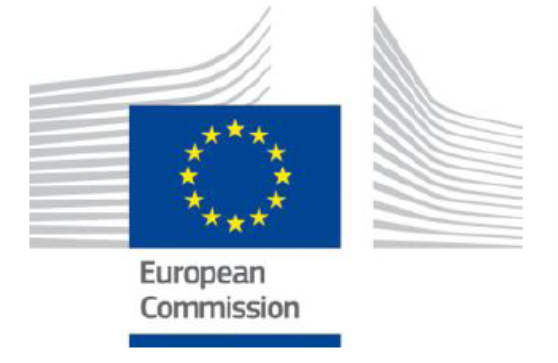European Commission Economic Sentiment Indicator, June 2024: The European Commission (EC) draws from a range of surveys to construct confidence indicators for five sectors of the economy and then uses these to calculate up its Economic Sentiment Indicator (ESI) which is converted to an index based on the long-run average.
In the June* report, the ESI for both the EU and the Euro-zone edged down marginally but within the margin of error for the measure; it remains below the long-run average for both areas.
In the EU, this reflected broadly stable confidence for industry, a small improvement among consumers and reductions for the service, retail trade and, to a lesser extent, construction sectors. Amongst the largest EU economies, the ESI improved noticeably in Spain (+1.1) and to a lesser extent the Netherlands (+0.5), was broadly stable in Poland (-0.1), edged down in Germany (-0.2) and fell more significantly in France and Italy (both -0.7).
As mentioned above, the ESI is calculated against the long-run average, so we can look at the position of the individual countries against their own historical situation which is the best way to compare between countries. In the latest report, 11 Member States – Bulgaria, Croatia, Cyprus, Denmark, Greece, Hungary, Poland, Portugal, Romania, Slovakia and Spain – have an ESI at or above 100 in this survey; Hungary and Slovakia returned to this list balancing Italy and Lithuania where the average dropped below 100 in June*. The EU candidate countries also participate in this survey and Albania, Montenegro, North Macedonia and Serbia also have an ESI reading above their long-run average.
Three factors are combined to calculate industry confidence with the neutral result in June coming from unchanged views about production over the coming 3 months and the current level of order books, with a slight increase in the percentage of respondents who assessed the stocks of finished products as too large/above normal. There are two other questions which are not included in the calculation and there was a marked decline in output over the previous 3 months but the view of export order books was stable.
* Note that although dated June, the data collection period was from 1st to 20th of that month, so the trends really refer to May and the 3-month periods of March to May and June to August.
You can download the EC report and statistical annex from their website at https://economy-finance.ec.europa.eu/economic-forecast-and-surveys/business-and-consumer-surveys/download-business-and-consumer-survey-data/press-releases_en (open the 2024 box) or you can request it from MTA.
————————————-
European Investment & Profitability, 1st Quarter 2024: Eurostat has published data on the investment rate and profitability although, bizarrely, this is mixed up in a report which is headlined to be about the household saving rate (this is the headline to look for if you want the full details from the website).
The investment rate for non-financial corporations in the Euro-zone improved from 22.0% in the 4th quarter of 2023 to 22.3% at the start of 2024. This is back to the rate we saw in Q2-23 but it is lower than in the 1st quarter of 2023 when it stood at 22.7%.
The gross investment rate of non-financial corporations is defined as gross fixed capital formation divided by gross value added – this ratio relates investment in fixed assets (buildings, machinery etc.) to the value added created during the production process. The improvement in the investment rate was because business gross fixed capital formation grew more rapidly (+1.3%) than gross value-added (+0.1%).
In contrast, the profit share of non-financial corporations in the Euro-zone fell sharply to 39.5% compared to 40.3% in the last period of 2023; this is its lowest level since the 2nd quarter of 2020 (the height of the initial Covid outbreak).
The profit share of non-financial corporations is defined as gross operating surplus divided by gross value added. This shows the share of the value added created during the production process remunerating capital and it is the complement of the share of wage costs (plus other taxes minus other subsidies on production) in value added. The lower level of business profit share in the 1st quarter of 2024 is explained by the increase in business compensation of employees (wages and social contributions) plus taxes less subsidies on production (+1.4%) being at a faster rate than the growth in gross value added (+0.1%).
You can get the full details from the Eurostat News Release which can be downloaded from their website at https://ec.europa.eu/eurostat/news/euro-indicators (04 July – listed as “household saving rate” which is part of the same document) or requested from MTA.

